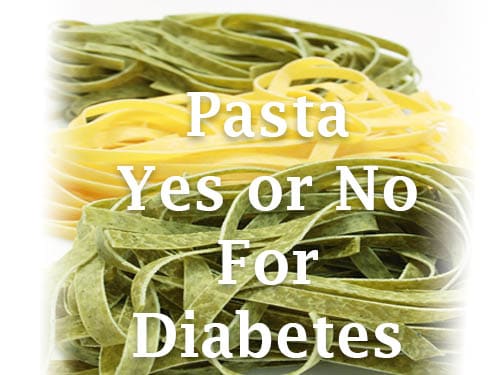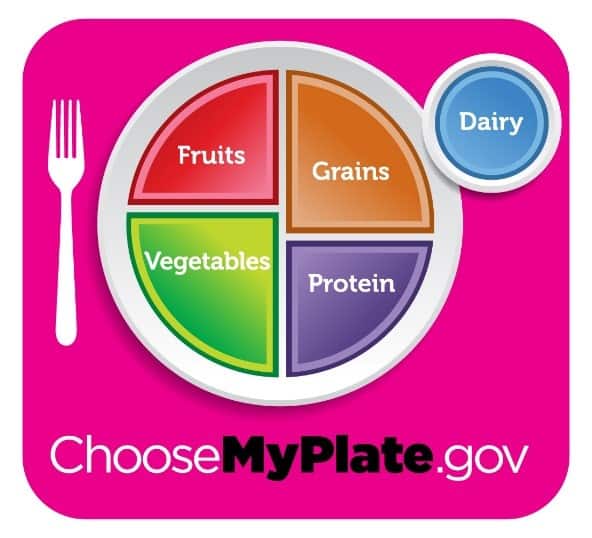
Having diabetes does NOT mean that if you like or love pasta, you will now have to give it up…nope, it does not.
It DOES however mean that you should be choosier about the types of pasta you eat, your portion size and maybe how often you include pasta with your meals. We all need carbohydrates in our diet—it provides our bodies with the necessary fuel to keep us going. The critical question is how much and what kind of carbohydrate.
Whole Grain Pasta versus Regular Pasta
Whole grain pasta in general has lower calories, more fiber and more nutrients than regular pasta made from refined flour. Refining strips fiber, vitamins and minerals from the grain (usually wheat grain) and in return, you get a softer, smoother texture.
1 serving (1 cup) of whole grain pasta contains 174 calories, 37 grams of carbohydrate and 6.3 grams of fiber as compared to a serving of regular pasta with 221 calories, 43 grams of carbohydrate and 3 grams of fiber. That extra fiber in whole grain pasta (with fewer carbohydrates) can slow down the absorption of sugars from your digestive tract and this can mean that your blood sugars will not spike as much as they might with regular pasta.
In addition, whole wheat pasta has a glycemic load of 15 while regular pasta has a glycemic load of 23. In both whole wheat pasta and regular pasta, about 80% of the calories are derived from carbohydrates.[1], [2]
Put all this together and serving for serving, whole grain pasta gives you more fiber, more nutrients, fewer calories and fewer carbohydrates than regular pasta, making whole grain pasta a better choice, overall. Also, you can always opt for non-wheat based pasta such as corn, quinoa or rice-based pastas.
I advise you to read the following diet tips for diabetes:
Portion Size
All the numbers given above are based on 1 cup of pasta which comes out to about ½- ¾ of a plateful—current recommendations from the USDA suggest ¼ of a plate be given over to grain-based foods. The portion is critical—so, while you may love pasta, cutting down the portion size may be the best answer to keeping your blood sugar levels steady while still enjoying your favorite food! It may also leave you enough “carb space” for sauces or for bread.
Other Tips
- While some may love plain pasta, many others love to add various sauces, so don’t forget to check your favorite sauce for carbohydrate levels. You may be able to add more tomato sauce than Alfredo sauce, but that doesn’t mean you can’t add the Alfredo sauce—just add less.
- Add vegetables to your pasta—perhaps instead of various sauces!
- Make sure you cook your pasta “al dente” which means not overly soft—just a bit tougher and more chewy. Al dente pasta has a lower glycemic index than the soft, well-cooked pasta.[3]
- Plan ahead—while maintaining your blood sugar levels is always important, if you love more pasta, you can plan for it by reducing your carbohydrates a bit more for lunch, say by about 20-25%, and then adding a bit more at dinnertime. Don’t overdo this type of meal planning though!
TheDiabetesCouncil Article | Reviewed by Dr. Christine Traxler MD on June 10, 2020






